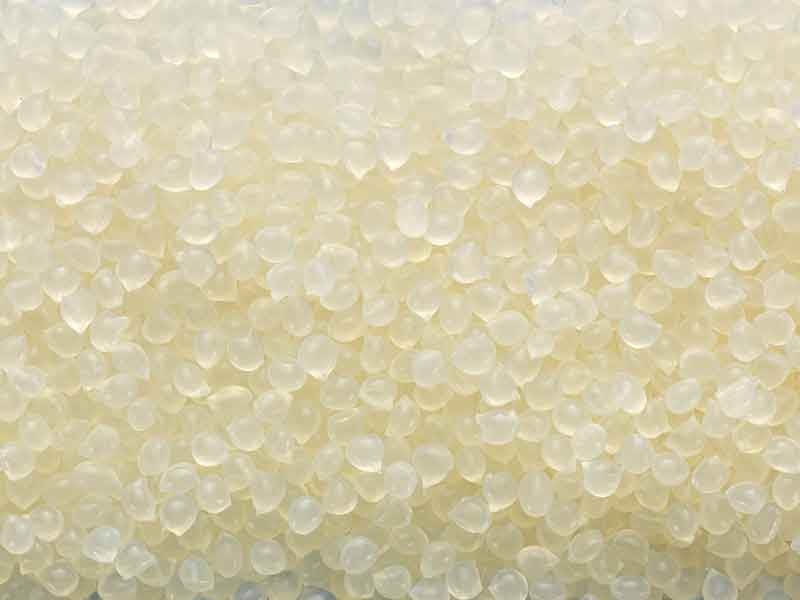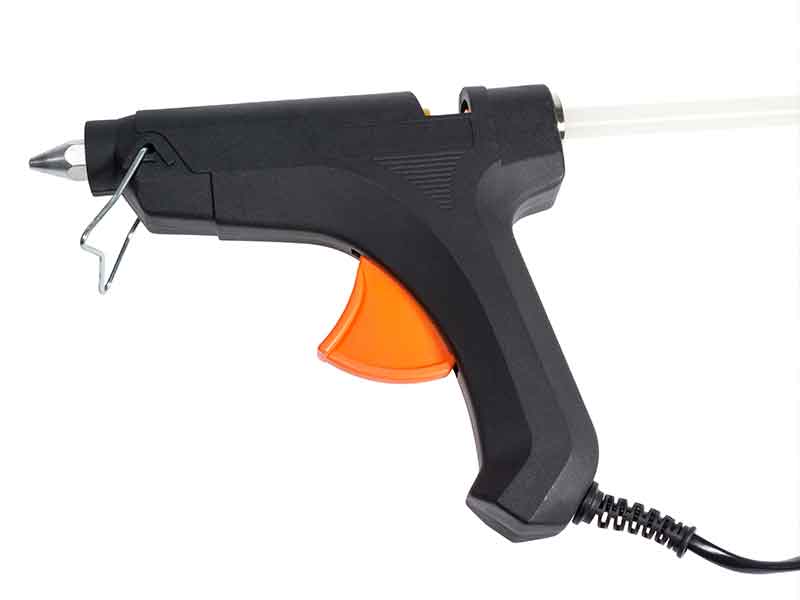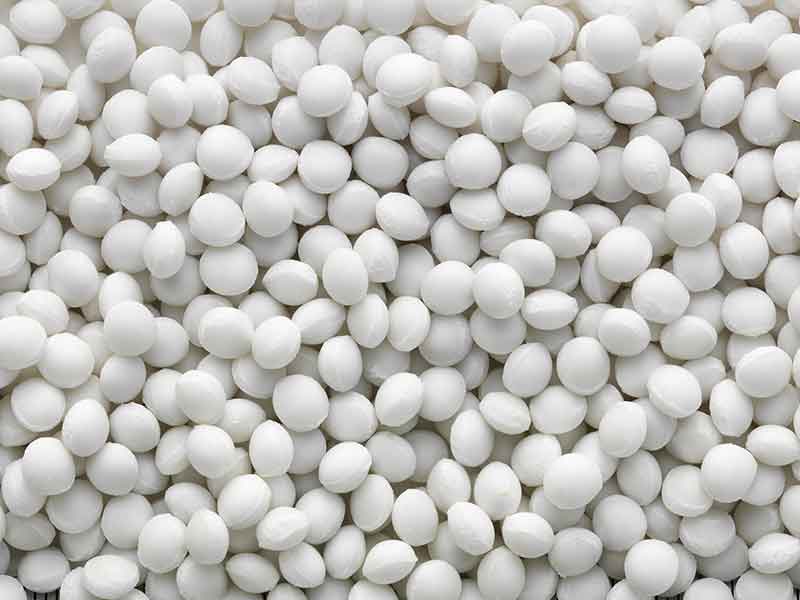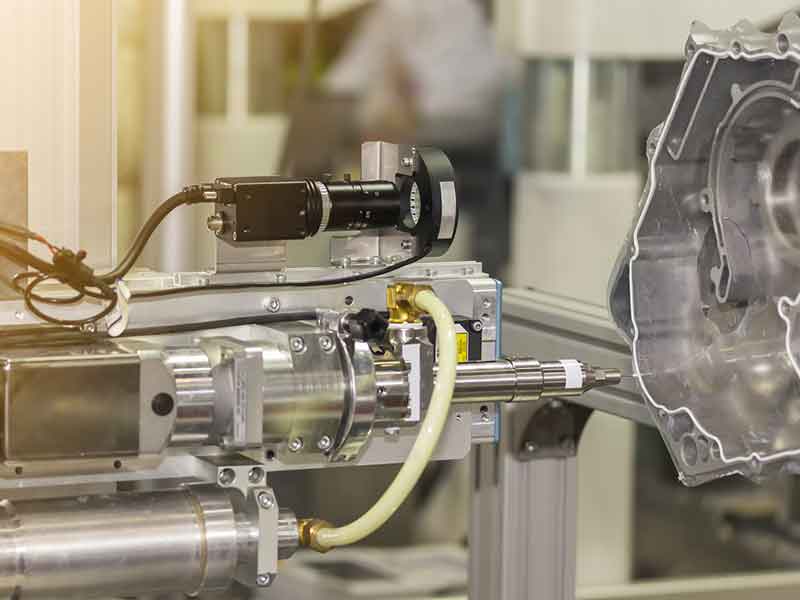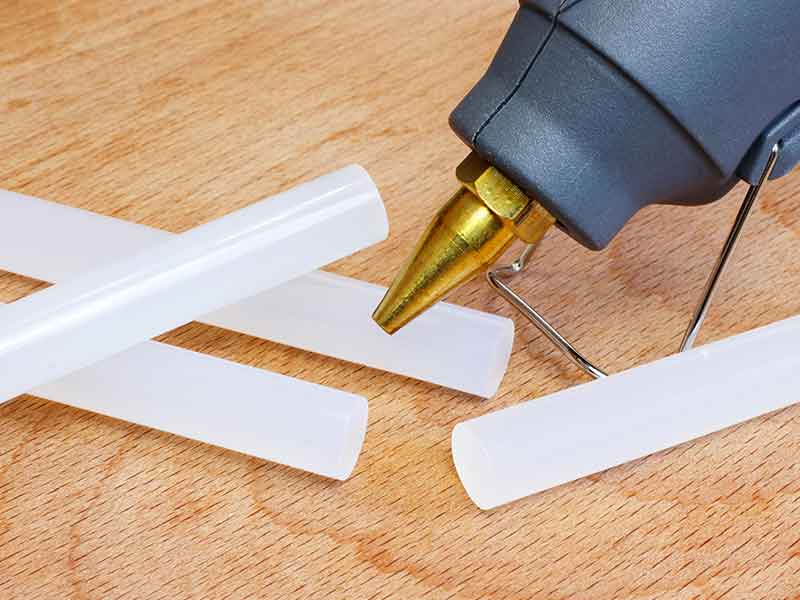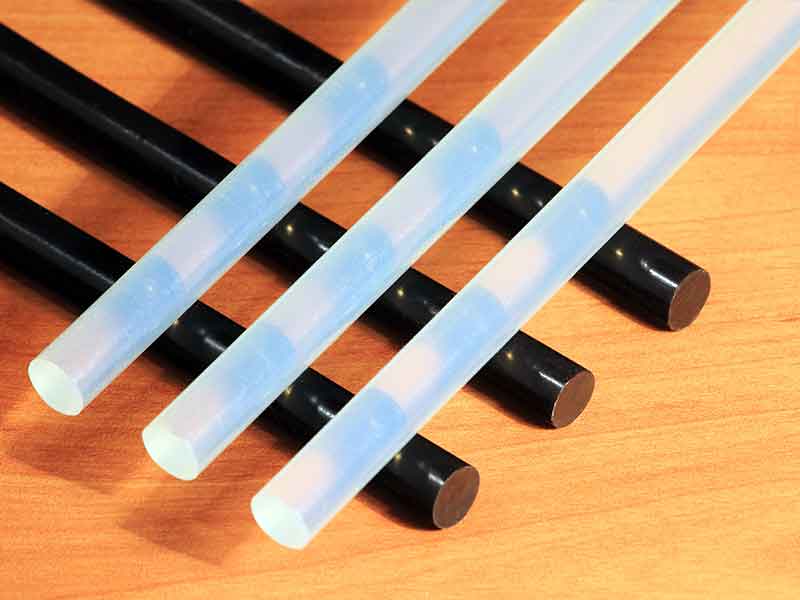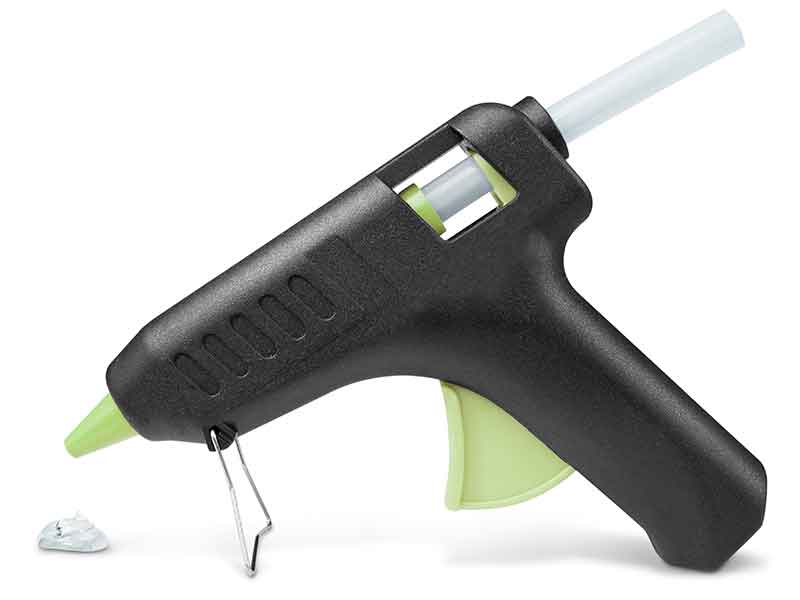Compounding systems for hot melt or fusible adhesives
Today it is assumed that the first glue used by man was a hot melt adhesive. Birch bark resin pitch was used at least 45,000 years ago to glue stone and wood together for making weapons and tools. The various product classes range from pressure sensitive hot melt (PSHM) to hot applied hot melt (HAHM), to UV or heat activated reactive hot melt adhesives.
Hot melt adhesives have advantages over conventional adhesives in various ways. They are quickly processed, and rapidly become effective after cooling. Unlike solvent-based or 2-component adhesives, no hardening or reaction time is needed. Not only do they join widely different materials and surface types, but the joint also has a certain degree of flexibility. These special properties require nowadays special hot melt compounding systems.
Typical applications
Due to these special properties, hot melt adhesives are practically indispensable for many applications.
Examples include the following hot melt or fusible adhesives applications:
- Coating cartons and boxes in the packaging industry
- Clothing, textiles and shoemaking, where hot melt adhesive seams must withstand high loading both in use and during cleaning
- In electronics for fixing, cocooning or expanding modules
- Applications in the DIY area
Compounding requirements for hot melt or fusible adhesives
Due to the properties and functions described above, hot melt adhesives have become sophisticated high-tech compounds that are constantly being developed and used for new applications. Starting decades ago, the BUSS compounding systems and the BUSS Kneader has an outstanding track record in this connection for all the various product classes. Successful compounding depends on optimally handling and feeding the formulation components such as polymers, resins, plasticizers and additives in different aggregate states and viscosities, as well as the fillers and reinforcing materials. Key success factors for achieving the desired property profiles are excellent dispersive and distributive mixing at moderate shear rates and adjustable product temperatures.
The BUSS Kneader’s specific capabilities are outstandingly suitable for such applications. Thanks to its operating principle, the enormous number of mixing cycles at moderate and adjustable shear rates enables the highest possible mixing efficiency over short processing lengths with narrow residence time spectra. Excellent degassing processes ensure that no air or volatile impurities remain in the product. The BUSS compounding systems and the BUSS Kneader’s two-stage design systematically separates the compounding and pressure build-up stages so that each of them can be independently optimized. The product can then be fed directly to subsequent downstream processing required.
Batch production still plays an important role for melt adhesives. The extended demands on today’s and future products, such as constant quality, traceability, and plant availability, often make continuous processing the best way to go. Together with the broad-based BUSS process expertise, the modular and thus adaptable design of the entire compounding system – also with regard to changing over from batch to continuous production – make the BUSS system an excellent choice for compounding hot melt adhesives.
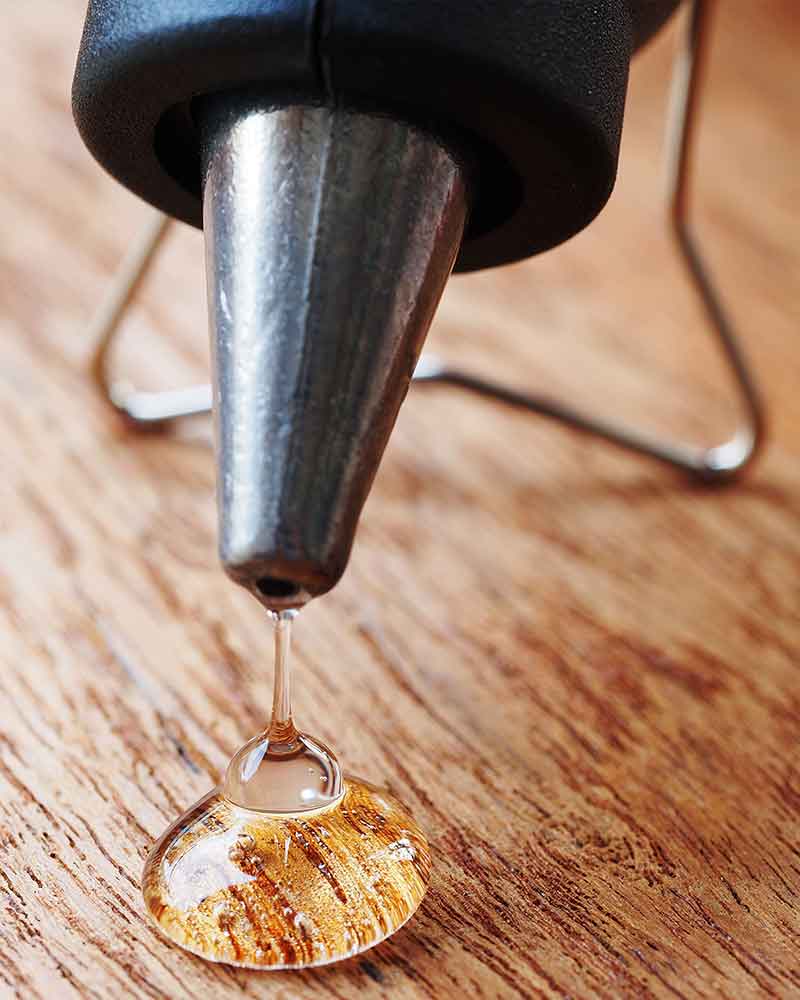
Typical compounding plant layout for hot melt
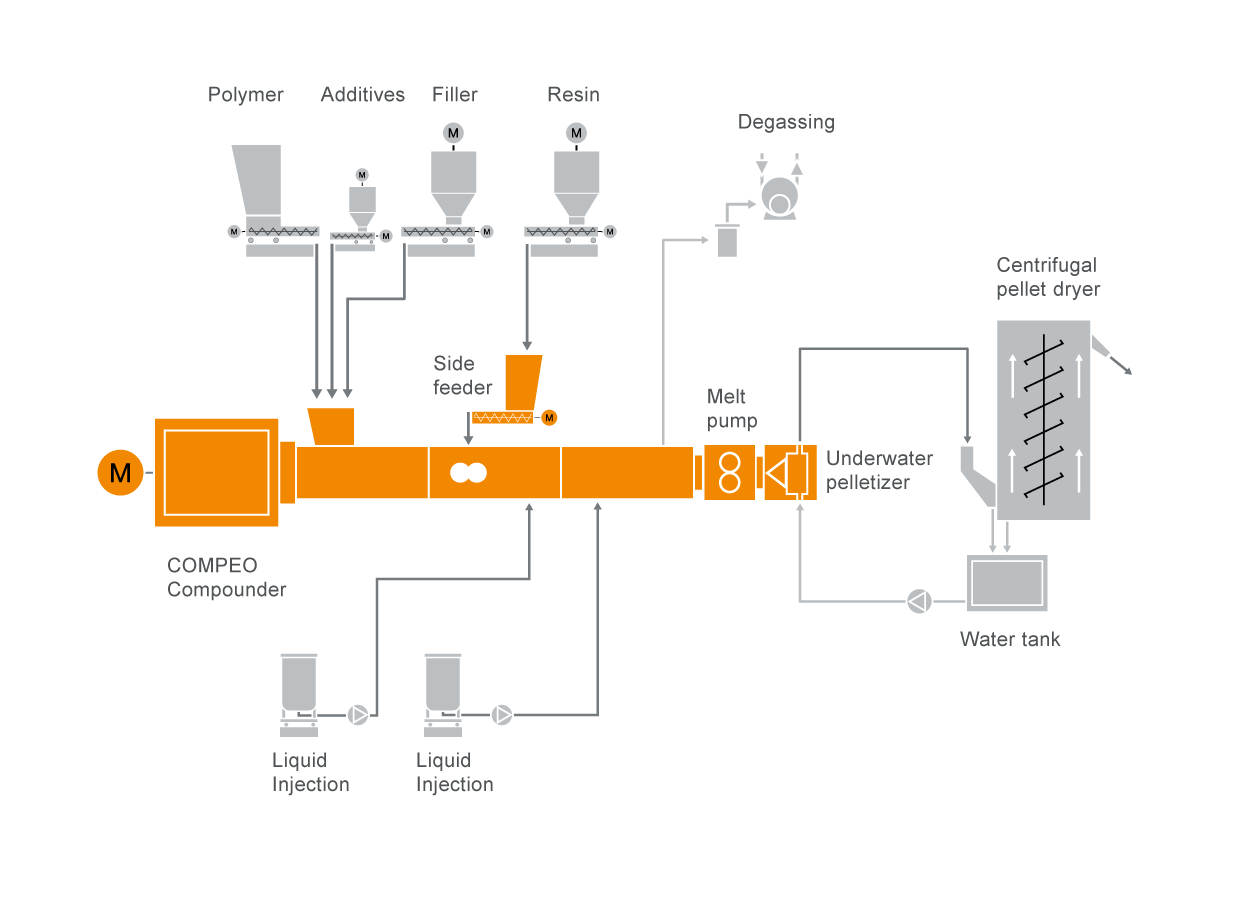
BUSS compounding systems offer the following specific benefits
Learn More
Downloads
-
COMPEO


